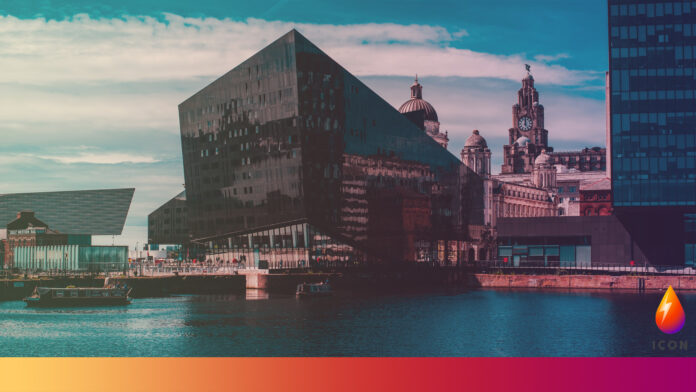
Large bodies of water in urban areas can be effective at removing pollutants and heat from cities, but smaller ones can actually make the problem of the ‘heat island effect’ worse, according to a recent study.
The counterintuitive results come from a study conducted by researchers at the University of Bath and the University of Bologna in Italy, and has implications for how we plan our cities.
Dr Tristan Kershaw, from the University of Bath’s Department of Architecture and Civil Engineering, who led the research, commented: “People die of poor air quality in cities and of heat stress during heatwaves where cities can be 10°C greater than their rural surroundings.
“This research shows how we can use appropriately sized waterbodies to alleviate this, but also that if we do not size them correctly then the situation can be made worse.
“Our hope is that urban planners will use these findings when designing areas and give thought to how water bodies can tie in with atmospheric effects, the existing requirements for sustainable drainage solutions and providing environmental capital for the local residents.
“There’s an opportunity here to tie together tackling the heat island effect, drainage, leisure and ecosystem services in our developments.”
The team modelled the effects of different sizes and shapes of water bodies in city environments, where a combination of more buildings and roads, less vegetation, pollution and effects from other human activities mean cities can be up to 10°C warmer than surrounding rural areas – especially at night.
In hot conditions, this temperature differential can be lethal, and it is expected to worsen as climate change makes the world warmer. By 2050 it is estimated heat-related deaths will reach 7,000 per annum across the UK.
It is commonly assumed that having water bodies, such as ponds and lakes dotted around urban areas can help cool them and improve air quality, with water vapour pulling both heat and pollutants upwards away from the surface as it evaporates.
However, the real-world performance of these ‘blue Nature Based Solutions’ (blue due to the use of water) are not well understood, with conflicting results from studies looking at the effects of large and small water bodies on surrounding urban areas.
This study, modelled by PhD student Petros Ampatzidis, compared the effects of different sizes and shapes of water bodies in an urban neighbourhood, under different conditions representative of different seasons.
Heat islands can be likened to a bubble of warm air sat over a city preventing heat and pollutants from dissipating, and this isolation is typically greatest during heat wave events. The modelling considered the level of isolation between the air trapped at street level and the atmosphere above and how this is affected by evaporation from bodies of water.
The results suggest that during late-summer nights when water is warmer than the surrounding air, inadequately sized water bodies promote increased temperature and humidity levels at street level, thereby worsening environmental conditions and increasing the risk of heat-related illness and mortality – because evaporating water cannot pierce the air bubble and remains trapped within it.
In contrast, larger water bodies could send up strong enough water vapour plumes to pierce the air bubble and thus draw heat and pollutants away from the streets.
The study also showed that networks of small water bodies could effectively cool areas and mitigate daytime extreme temperatures in spring and early summer, across larger distances compared with a single large water body.
“Impact of Blue Space Geometry on Urban Heat Island Mitigation” has been published in the journal Climate.
The research was funded by the Engineering and Physical Sciences Research Council (EPSRC).